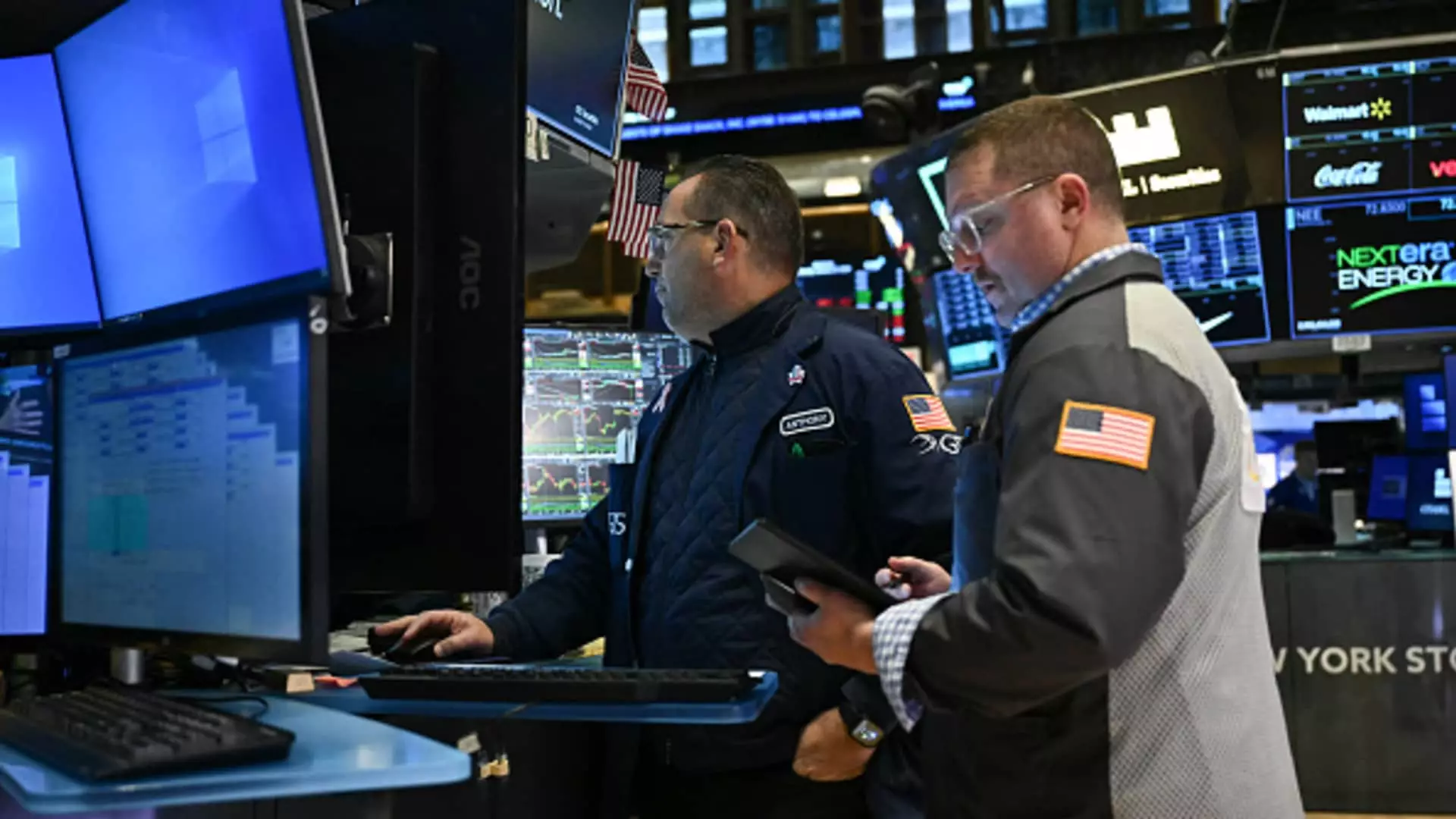The S&P 500 has seen a fluctuating performance in recent times, yet one sector that stands out is healthcare. As of now, the healthcare sector has delivered a commendable year-to-date return, boasting an impressive rise of approximately 6% compared to the overall S&P 500 index, which has only increased by about 2%. This article aims to delve into the underlying factors contributing to the healthcare sector’s outperformance, particularly focusing on notable companies such as DaVita Inc. (DVA) and the broader trends shaping this market segment.
The resilience of the healthcare sector in the current market landscape can be attributed to an array of factors that collectively enhance its relative momentum. Short-term and intermediate-term analyses reveal a positive trajectory, suggesting that this momentum could persist throughout at least the first quarter of the year. The heightened interest in healthcare stocks stems from their traditional role as defensive investments, particularly during periods of economic uncertainty. Investors often gravitate towards healthcare due to its perceived stability, characterized by consistent demand for medical services and products regardless of broader economic conditions.
The Relative Rotation Graph (RRG) proves to be an excellent analytical tool for visualizing these trends. In a recent analysis, healthcare ETFs were observed to showcase an upward swing, indicating improving momentum relative to the overall market. The clockwise rotation depicted in the RRG suggests that the healthcare sector is likely to continue outperforming the S&P 500 in the foreseeable weeks, provided current trends hold.
Within the healthcare space, DaVita Inc. (DVA) presents a particularly interesting case. The company’s stock has recently experienced a breakout from its trading range, which signals a potential resumption of its long-term upward trajectory. A close examination of the trading patterns reveals that this breakout is intricately linked to renewed momentum, further validated by signals from technical performance indicators such as the weekly Moving Average Convergence Divergence (MACD) system, which has triggered a ‘buy’ signal.
Investors may set target prices based on technical analysis frameworks, with Fibonacci extension analysis suggesting an upside potential of approximately $193. Following this trajectory, previous resistance levels between $166 and $168 have now transformed into initial support zones. Hence, caution is warranted: if the stock dips below this threshold, investors may need to reconsider their long positions. More broadly, the 200-day moving average, which currently rests near $149, serves as a critical long-term support line.
An imperative aspect to consider when analyzing DaVita’s standing is its performance in relation to the wider S&P 500 index. The company managed to break free from a prolonged downtrend in the past year, emerging successfully above the monthly cloud models utilized in technical analysis. This shift positions DaVita squarely within a bullish context, suggesting it may enjoy favorable long-term prospects against the broader market.
Furthermore, a comparative analysis shows that DVA is also establishing a breakout within its trading spectrum against the S&P 500, reinforcing the expectation of continued outperformance in both absolute and relative terms. As such, DaVita exemplifies the characteristics investors seek in robust healthcare stocks: stability, growth potential, and resilience amidst market volatility.
As market dynamics continue to evolve, the healthcare sector remains a focal point for investors seeking both safety and potential upside. DaVita’s favorable technical indicators complement the sector’s overall positive performance, presenting an intriguing opportunity for those looking to diversify their portfolios.
While the healthcare sector showcases promising trends, potential investors must approach with discernment. The prevailing sentiment relies heavily on sustained momentum and ongoing evaluations of market conditions. As always, it is paramount for individuals to conduct thorough analyses or consult financial advisors before making any investment decisions. Understanding the nuanced interactions within these sectors will empower investors to navigate through uncertainties effectively, capitalizing on opportunities that lie ahead in the ever-evolving landscape of the S&P 500.

